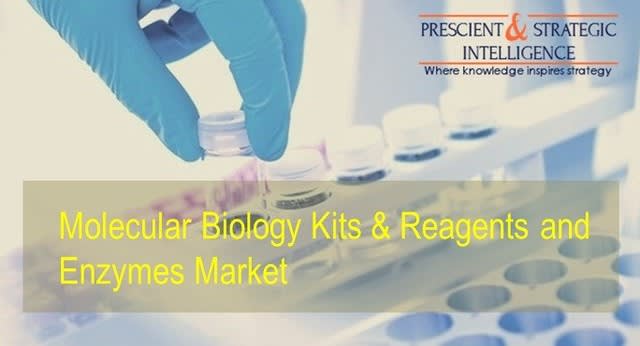
The fibrin glue market is expected to grow at a CAGR of 10.9% between 2017-2023, to reach $3.6 billion by 2023. Rising healthcare expenditure, increasing number of surgical procedures and burn cases are some of the key factors, driving the growth of the growth. Additionally, increasing prevalence of chronic diseases, aging population, low chances of complications associated with these products and increase in road accidents also support the growth of the global market.
Get a Sample Copy of this Report at: https://www.psmarketresearch.com/market-analysis/fibrin-glue-market/report-sample
Fibrin glue is made up of thrombin and fibrinogen which is applied on the tissue site for gluing them together. It is used in wound closure, bronchial fistulas, achieving hemostasis in liver and spleen trauma, and dura tears. Fibrin glue has sealing and hemostatic properties that help in gluing the tissues during a surgery. In clinical use, fibrin glue provides adequate tissue adhesion and shows quick hemostasis. The chances of complications during surgeries are quite less, with the use of fibrin glue. It reduces postoperative bleeding, postoperative scars, and infection when impregnated with antibiotics. As compared to sutures, fibrin glue causes less inflammation, faster surface rehabilitation, and less discomfort to the patient. Moreover, using fibrin glue in surgeries causes less post-operative pain, since the biomaterials of the fibrin glue are not toxic, inflammatory and allergenic. All the above factors associated with the use of fibrin glue, eventually lead to lower complications in various surgical procedures, thereby driving the growth of the fibrin glue market.
Europe is the second largest market for fibrin glue products, accounting for 24.4% of the global fibrin glue industry in 2016. The growth in the European fibrin glue market is mainly attributable to the increasing aging population and rising number of surgical procedures performed for the treatment of the circulatory system diseases in the region. Among the countries in Europe, Germany held the largest share of the European market for fibrin glue, contributing 26.2% in 2016. However, the market in France is expected to witness the highest growth during the forecast period. France was also the second largest market for fibrin glue products in 2016 in Europe, accounting for a 14.6% share, which is expected to increase to 15.5% by 2023, growing at a CAGR of 10.7% during the forecast period. The U.K. is the third largest market in Europe and is also expected to witness double digit growth during the forecast period.
Browse report at: https://www.psmarketresearch.com/market-analysis/fibrin-glue-market
Some of the key players operating in the global fibrin glue market include Vivostat A/S, Kaketsuken, Johnson & Johnson, Baxter International Inc., CSL Behring, Zimmer Biomet Holdings, Inc., Takeda Pharmaceutical Company Limited, Mallinckrodt Plc, Shanghai RAAS Blood Products Co. Ltd. and Hualan Biological Engineering Inc.
Source: P&S Intelligence











